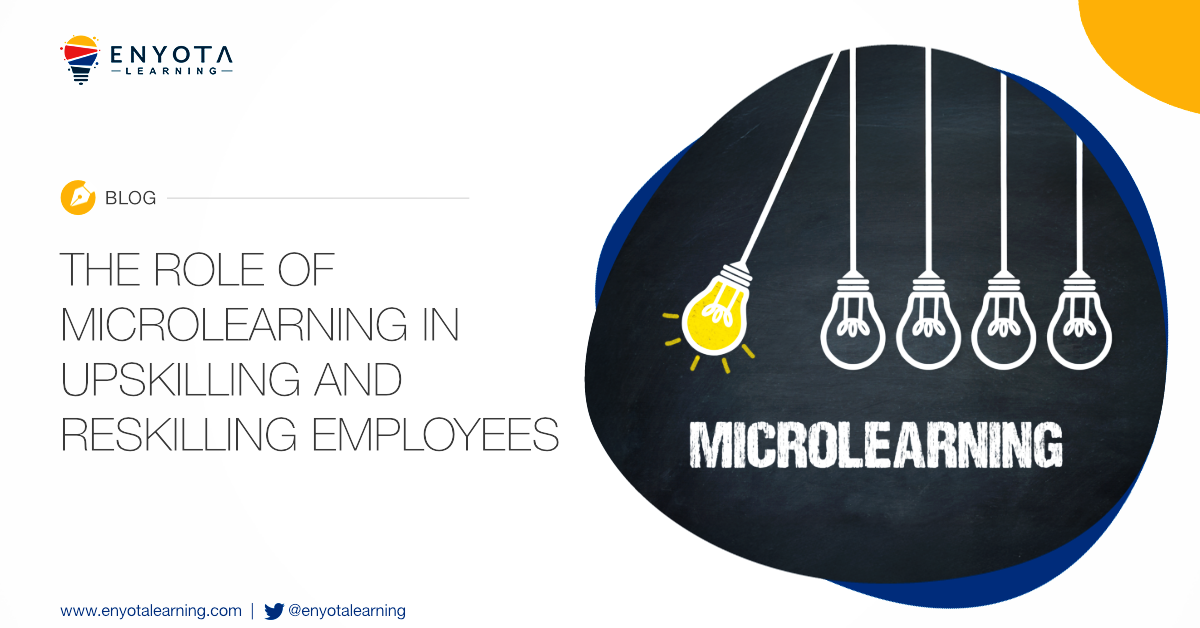2020 has already been an eventful year for eLearning. If in case you missed the chance to read our previous article which talks about 2020 being an eventful year for eLearning, then this is where you can view it – Looking Back at 2020 and eLearning’s Contribution.
Coming back to the year ahead of us. This article is an attempt at outlining the game plan for organizations which are interested in investing in eLearning in 2021. We are not talking about the technologies, for that you can view our blog on – eLearning Tech and Trends for 2021. This article will just outline the best practices to keep in mind when it comes to finances, development workflows, and types of eLearning courses.
Preparing for eLearning in 2021
Managing Budgets
L&D teams of all sizes have faced some form of training budget cuts. Whether it is reduced dependence on external eLearning content – mainly readymade courses – or cutting down on current eLearning subscriptions, the change is felt. As a result, it is important to wisely manage your limited budgets for 2021 and make the most of it.
Learning solutions come in all shapes and sizes. Everything from video-based learning to augmented reality (AR), virtual reality (VR) and even to eLearning programs driven by big data and machine learning – these trends have been doing the rounds for a long time and will perhaps continue in 2021. However, jumping into them without prior experience or limited eLearning budgets is not advised.
Instead, invest your eLearning budgets into identifying internal subject matter experts (SME). These are responsible for devising the eLearning content based on their expertise in a specific domain. You can then switch to custom eLearning development services through which you can develop simple slide-based, multi-device compatible eLearning.
The idea is that your internal employees have all the expertise needed to build a custom eLearning course suited to your business case. You can then partner with an eLearning agency who is experienced in building eLearning for organizations such as yours. This partnership will be important because building a learning experience into your training program is a challenge and you need to have the right talent handling this for you. Proper eLearning design is responsible for retention rates, engagement levels, and enrolment rates as well. So, invest wisely, identify the course content from within your existing resources, and build these courses externally.
Development Workflows
You may have heard about long development workflows for eLearning. It may have probably put you off, but the new year has brought with it a new set of deliverables. We mean short eLearning development cycles to promote quick training turnarounds.
Rapid eLearning development is a term that you must accept. The pandemic and the subsequent training needed to bring the whole world up to date placed a strong doubt on the efficacy of long eLearning development cycles. With fact and stats changing in a matter of minutes, anything that was printed either online or in print media lost its credibility.
This points the way towards rapid eLearning development. The current need is for organizations to build detailed courses in a matter of weeks and not months. The idea is to cater to changing business environment and address the learning needs of employees who are currently facing challenges. This sort of rapid eLearning also helps keep costs down versus higher-end training options that cost time and money.
Rapid eLearning development is great for industries such as eCommerce, pharma, medical devices, healthcare, banking, IT, and hospitality.
eLearning Technology
Go with eLearning technology that is easy to deploy and costs less. Choosing over-the-top enterprise-level software for training does not make sense. Something like the Abara LMS platform which is currently being used by organizations like IDH and BCI to train 3000 field scientists and workers! How does it do this? By adhering to our core principles of:
Easy to setup
Choose a learning management system that is easy to setup. It will save you the hassles of paying extra for setup and configurations that most enterprise-level LMS vendors charge.
Easy to manage
An LMS that was difficult to setup will most certainly also be difficult to manage. You’ll end up hiring an additional LMS administrator to manage the workflow of your LMS and address the many learner requests and course changes and edits. But if you go with an LMS that is simple to manage, you are definitely saving on costs of time, efforts, and money.
Easy on the pocket
You may feel that the extra features on an over-the-top LMS is what you need right now. And that it will solve most of your needs, but that is not the case. What you really need is an LMS that supports a certain level of automation. It gives you all the needed features to simplify training, and engages your learners.
Conclusion
2021 is a good year for eLearning. The way to go ahead is by looking at affordable eLearning options and short development cycles. We at eNyota can further help your organization form a custom training framework keeping costs and time in mind. Our consultation is free, so come have a chat with us. Reach us at contact@enyotalearning.com or click here to know more.





